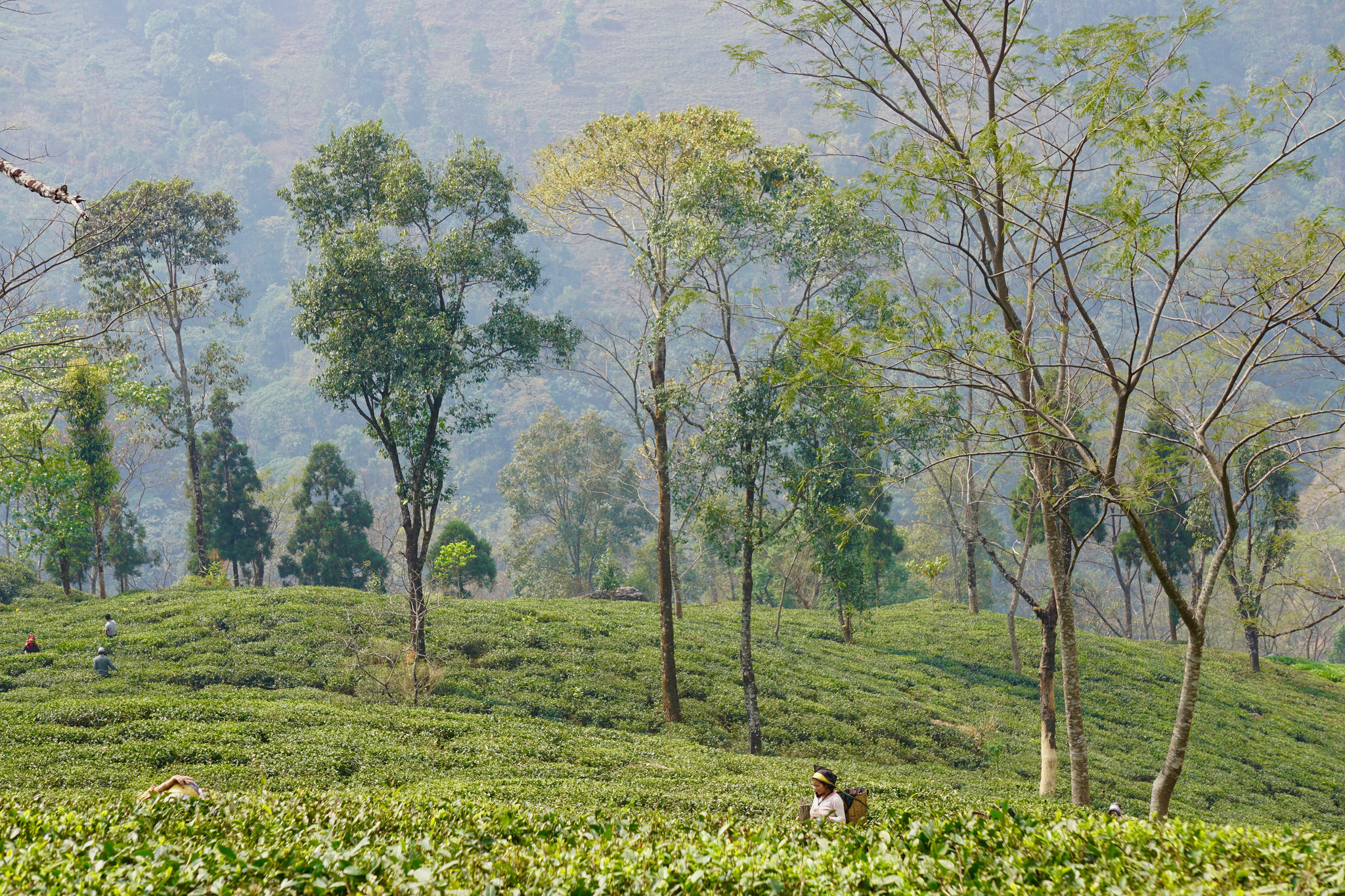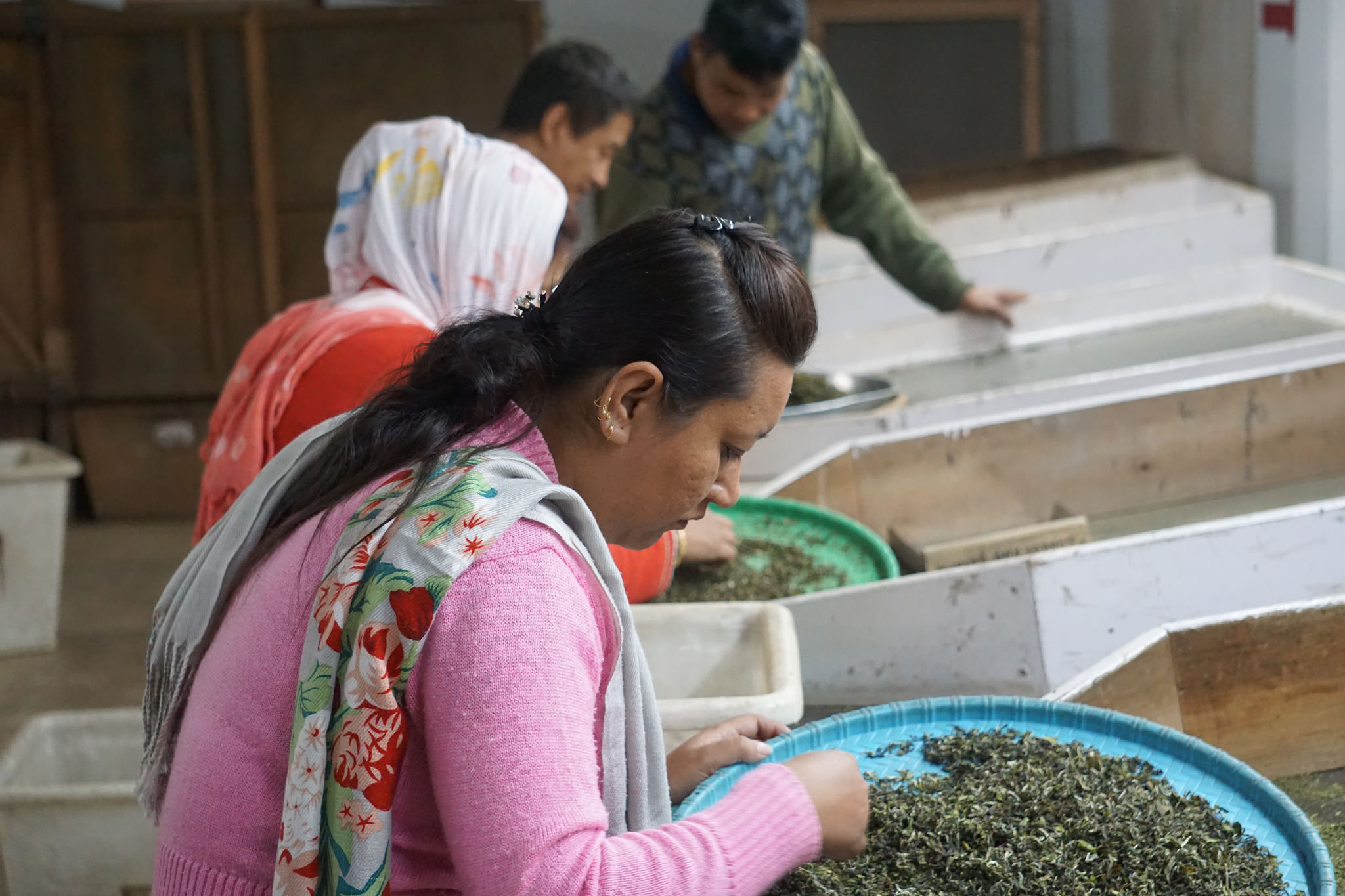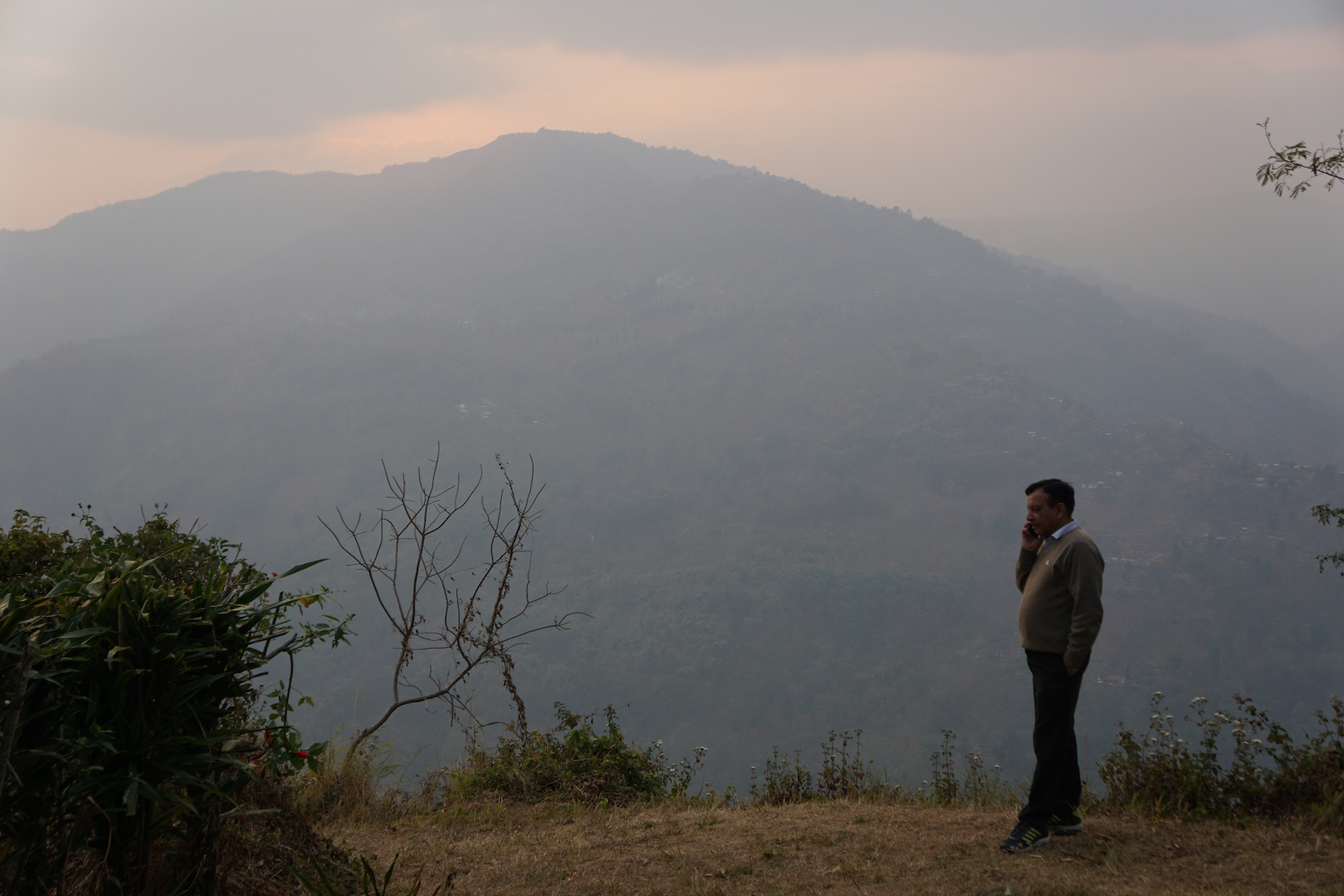Darjeeling Tea Is Climate Change’s Latest Victim
Credit to Author: Ankita Rao| Date: Tue, 19 Sep 2017 14:00:00 +0000
Situated at nearly 7,000 feet, at the base of the Himalayas, is the town of Darjeeling—a former British outpost where the tea industry began to flourish. Here, in the region known for producing the “Champagne of teas”, I drove through winding, narrow roads with Jay Neogi, manager of the Monteviot tea estate.
As we made our way through the mountains, Neogi pointed out areas prone to landslides in the monsoons. “A few months later, this will be far messier,” he said when I visited in March. Two years ago, over three dozen people were killed by a landslide here.
Sadly, it’s become a routine affair. In the last 10 years, climate change has taken an especially heavy toll on this iconic tea region. The weather patterns in Darjeeling have changed, topsoil has eroded, rainfall is erratic, landslides are more frequent, and the region has been hit by long, dry spells. This weighs on the environment, but also threatens the tea industry and local livelihoods: this year’s first harvest of tea cost 25 percent more than last, due to lower yields and higher global demand. To combat the potential losses, some entrepreneurs in the region are rethinking their practices to adapt to a new reality.

Despite the seemingly endless deluge of Starbucks coffee shops that have cropped up globally, tea is still more popular than coffee; it’s the second most consumed beverage after water. Though all teas come from the same plant—a bush called Camellia sinensis—Darjeeling has long been regarded as one of the most delicate and sought-after of teas, grown and harvested by hand rather than by machinery, and produced at elevation in the terroir of the Himalayas.
But that careful ecosystem is under threat, as are the jobs of workers, who already make dismal wages of less than $1.50 a day. “Glaciers are receding. Daily temperatures have risen, nights don’t cool as they once did, and a sudden hailstorm can batter a hillside of tea bushes with ice. Particularly problematic is the erratic and unpredictable monsoon,” Jeff Koehler, a Seattle-based author, wrote in one of the most comprehensive books on Darjeeling.
To flourish, tea plants need a balanced amount of rain distributed evenly throughout the year. But that’s not what is happening. Local environmentalist Praful Rao, who has been tracking rainfall in the Darjeeling area, posts the rainfall for each month on his website, with data collected from the Indian Meteorological Society. Last July, the area received about 45 inches of rain, surpassing rainfall records going back to 2012, but the fall and winter months were completely dry.

The problem with unpredictable rain is also what is does to the soil. When the region gets hammered with monsoon rains, Koehler told me, the water washes away topsoil and its nutrients and damages the bush itself.
This is worsened by India’s overuse of pesticides and fertilizers. After the Green Revolution in 1966, the products became more widely available in India, and quickly pumped into all agricultural products, in a push for higher yields to feed more people. But as the UN’s Food and Agricultural Organization reported: “Their overuse has been degrading the environment. In most cultivated lands, there is a depletion of organic matter which affects the water holding capacity of the soil.”
India’s Central Soil Water Conservation Research and Training Institute said the country is losing 5,334 million tons of soil every year. The situation is so dire that it has made its way through India’s sluggish bureaucracy: the government is now spearheading research on sustainable tea practices.
“The workers had not been paid in a long time, the estate was not making money, and the soil was weak”
While tea growers cannot control the weather, they can adapt with farming practices that protect and revive topsoil. There are some basic measures, Dr. A.K. Singh, a soil scientist from the Tea Research Association, said, that can help rectify the situation by replenishing nutrients in the soil: organic farming, mulching or covering the soil during the rainy season, and leaving some slopes uncultivated for forestry.
Anil Bansal, co-owner of the Ambootia Group, one of the largest organic tea companies in Darjeeling. and his brother Sanjay decided to try organic farming. The duo have purchased 11 “sick” tea estates in Darjeeling and converted from conventional farming to organic. “Sick meaning the bushes were in a poor state, the workers had not been paid in a long time, the estate was not making money, and the soil was weak,” Anil told me.
Ambootia’s flagship tea estate, the largest of all of its properties in Darjeeling, sits just below Kurseong. After nearly a dozen switchbacks, a windy, unpaved road opens up to nearly 2,500 acres of tea gardens, which borders the Teesta River. While converting to organic farming can cause a drop in yield in the initial years, the Bansals were confident that their investment would help the tea farm grow year by year.

And rather than selling their tea at the auction, the Bansals sell directly to their customers, primarily Europeans and Japanese tea companies. Last year gross sales were in excess of $50 million. Year on year growth rates have been about 20 percent, Sanjay reports. The company now employs over 10,000 people.
“More and more people want organic tea. And we’re happy because it helps us revive all this land as well,” Anil said, sipping a cup of the lightly brewed first flush.
Other tea entrepreneurs are following suit. Teabox is an online shop started by Kaushal Dugar, where customers can buy organic tea straight from vendors to encourage healthier farming practices. And D.K. Mishra, manager of the Goomtee Tea Estate, said more than half of the estate has been converted to organic in the last five years. Now he has plans to make it completely organic.
“Is there a reason not to?” Mishra said. “It improves the soil, less money is spent on buying fertilizers, medicines, and it’s better for the workers. So it’s not really a question anymore.”
This reporting was supported by Pulitzer Center On Crisis Reporting.